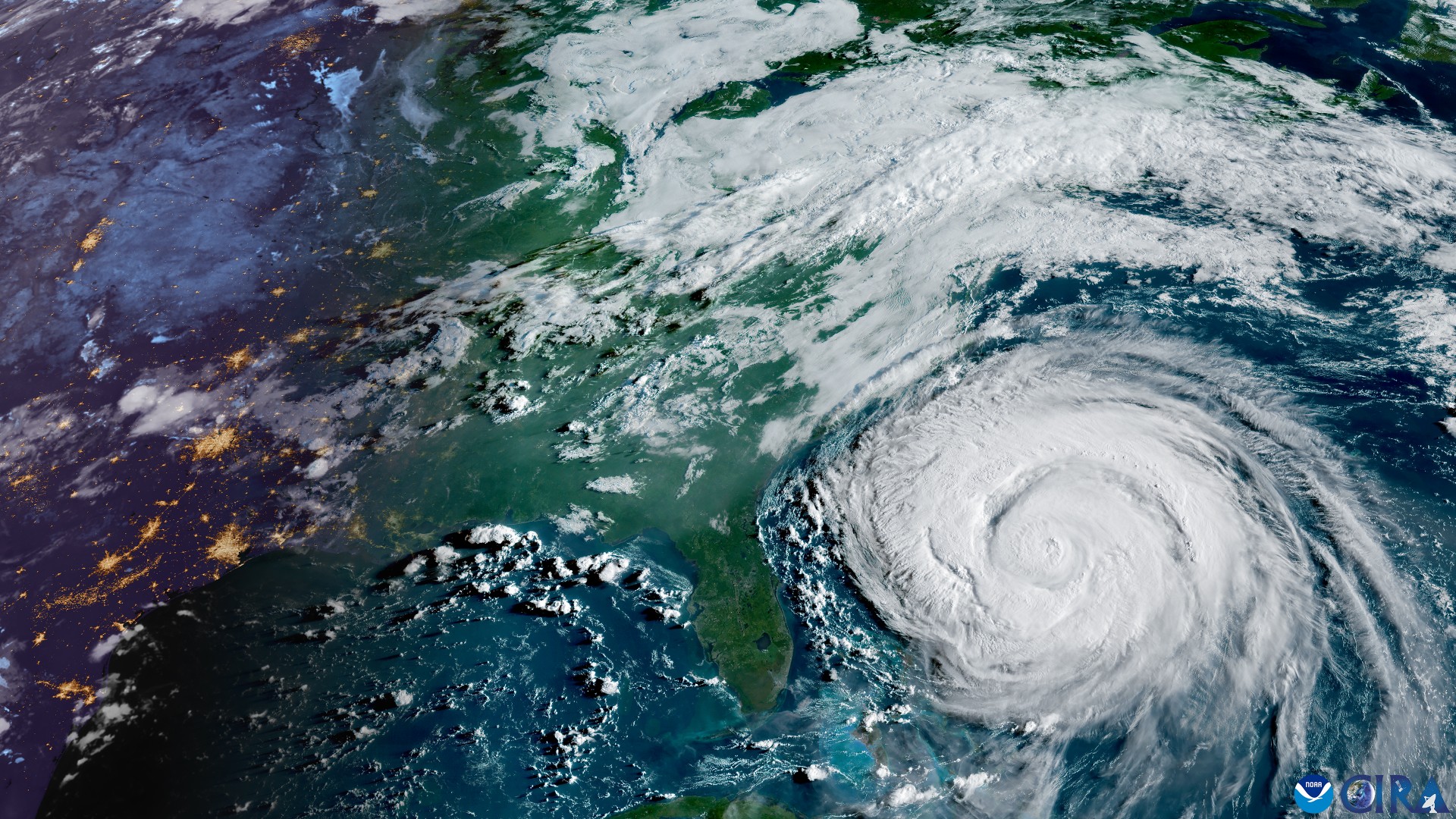
No connection between HAARP atmospheric research and Hurricane Erin
- Published on August 22, 2025 at 17:40
- 3 min read
- By Marisha GOLDHAMER, AFP USA
"HAARP JUST CALLED IN THE STORM. Three straight days of 'atmospheric experiments'… and now Hurricane Erin explodes out of nowhere," says an August 20, 2025 Facebook post.
A nearly identical X post from the same day claims: "They call it 'research.' It's WEATHER WARFARE."


Similar claims continued to spread across X and Threads as Hurricane Erin weakened to a Category 2 storm, bringing coastal flooding to parts of the US states of North Carolina and Virginia.
But the storm is the latest in a series of weather events falsely blamed on the research station.
HAARP uses the world's most powerful high-frequency transmitter to study activity in the highest regions of the atmosphere. The University of Alaska Fairbanks has operated the program since 2015, when it was transferred from the US Air Force (archived here).
The posts include a screenshot of an authentic August 8 "notice of transmission" from the program announcing planned transmissions from August 12 to 15. It says one of the goals of the research is to study "the effects of ionospheric conditions on GPS satellite signals" (archived here).
The project and independent scientists say the research cannot manipulate the weather.
"Radio waves in the frequency ranges that HAARP transmits are not absorbed in either the troposphere or the stratosphere -- the two levels of the atmosphere that produce Earth's weather," the initiative says on its website (archived here).
"Since there is no interaction, there is no way to control the weather."
Matthew Zettergren, professor of engineering physics at the Embry-Riddle Aeronautical University (archived here), agreed.
"In order for the radio waves they emit to have any effect on the layers of the atmosphere where our weather forms, they have to deposit energy and momentum in those layers, but there simply is no absorption in the atmosphere at those frequencies," he said in an August 22 email.
He compared it to shining a flashlight through a window. "All of the light goes through and the glass doesn't move or heat up in any way."
David Hysell, an engineering professor in Cornell University's Department of Earth and Atmospheric Sciences (archived here), similarly told AFP: "Radio waves cannot affect the weather. Not even a little."
The HAARP facility's transmissions affect the ionosphere "in subtle but interesting ways," he said in an August 20 email, explaining that the outcomes are observed with sensitive and specialized equipment.
Hysell dismissed any risks from the research, saying: "Humans have been using strong radio signals for communications for over 100 years, and we are all very experienced with them."
Hurricane season
The Atlantic hurricane season, which runs from June 1 to November 30, historically peaks in August.
Global weather patterns are responsible for large-scale storms such as hurricanes, which require specific atmospheric conditions to form.

Despite a relatively quiet start, the National Oceanic and Atmospheric Administration (NOAA) continues to forecast an above-normal season for 2025 (archived here).
NOAA has also debunked claims about weather modification on its website, saying: "No technology exists that can create, destroy, modify, strengthen or steer hurricanes in any way, shape or form" (archived here).
Scientists do say climate change is supercharging tropical cyclones, as warmer oceans fuel stronger winds, a warmer atmosphere intensifies rainfall and higher sea levels magnify storm surge.
More of AFP's reporting on misinformation about hurricanes is available here.
Copyright © AFP 2017-2025. Any commercial use of this content requires a subscription. Click here to find out more.
Is there content that you would like AFP to fact-check? Get in touch.
Contact us




